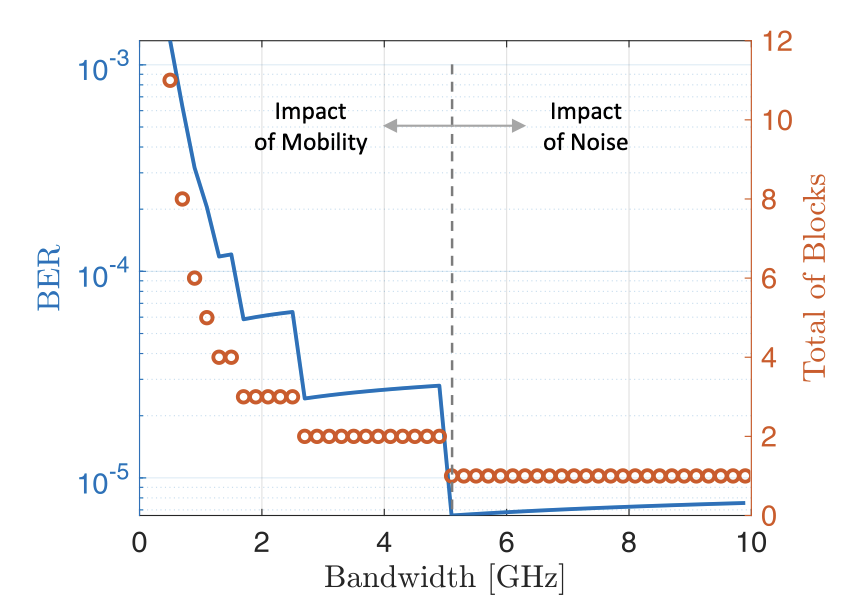Literature Database Entry
happ2018cloud
Daniel Happ, "Cloud and Fog Computing in the Internet of Things," in Internet of Things A to Z: Technologies and Applications, Qusay Hassan (Ed.), John Wiley & Sons (Wiley), 2018, pp. 113–134.
Abstract
Since mobile Internet access has become a commodity, sensors embedded in an increasing number of automobiles, phones, wearables, appliances and industrial equipment can be accessed remotely. The advent of cloud computing, with benefits such as flexible and fast provisioning of additional computing resources, pay-as-you-go cost model and available fast networking, has further led to a fundamental shift in the Internet of Things (IoT) paradigm: sensor data is usually sent to a cloud-based service provider that distributes, stores and processes the data. However, current platforms are often characterized by a rigid decoupling between components. Problems include the discovery of devices as well as the adaptation of network parameters based on application demand. This chapter presents an architecture based on the publish/subscribe (pub/sub) paradigm that enables discovery, data distribution and network parameter optimization based on application requirements. The chapter also illustrates a proof-of-concept example of a cloud-based IoT platform using off-the-shelf components.
Quick access
Further information ![]()
Original Version ![]() (at publishers web site)
(at publishers web site)
BibTeX ![]()
Buy at amazon ![]()
Contact
BibTeX reference
@incollection{happ2018cloud,
author = {Happ, Daniel},
doi = {10.1002/9781119456735.ch4},
title = {{Cloud and Fog Computing in the Internet of Things}},
pages = {113--134},
booktitle = {Internet of Things A to Z: Technologies and Applications},
editor = {Hassan, Qusay},
isbn = {978-1-119-45673-5},
publisher = {John Wiley \& Sons (Wiley)},
year = {2018},
}
Copyright notice
Links to final or draft versions of papers are presented here to ensure timely dissemination of scholarly and technical work. Copyright and all rights therein are retained by authors or by other copyright holders. All persons copying this information are expected to adhere to the terms and constraints invoked by each author's copyright. In most cases, these works may not be reposted or distributed for commercial purposes without the explicit permission of the copyright holder.
The following applies to all papers listed above that have IEEE copyrights: Personal use of this material is permitted. However, permission to reprint/republish this material for advertising or promotional purposes or for creating new collective works for resale or redistribution to servers or lists, or to reuse any copyrighted component of this work in other works must be obtained from the IEEE.
The following applies to all papers listed above that are in submission to IEEE conference/workshop proceedings or journals: This work has been submitted to the IEEE for possible publication. Copyright may be transferred without notice, after which this version may no longer be accessible.
The following applies to all papers listed above that have ACM copyrights: ACM COPYRIGHT NOTICE. Permission to make digital or hard copies of part or all of this work for personal or classroom use is granted without fee provided that copies are not made or distributed for profit or commercial advantage and that copies bear this notice and the full citation on the first page. Copyrights for components of this work owned by others than ACM must be honored. Abstracting with credit is permitted. To copy otherwise, to republish, to post on servers, or to redistribute to lists, requires prior specific permission and/or a fee. Request permissions from Publications Dept., ACM, Inc., fax +1 (212) 869-0481, or permissions@acm.org.
The following applies to all SpringerLink papers listed above that have Springer Science+Business Media copyrights: The original publication is available at www.springerlink.com.
This page was automatically generated using BibDB and bib2web.

